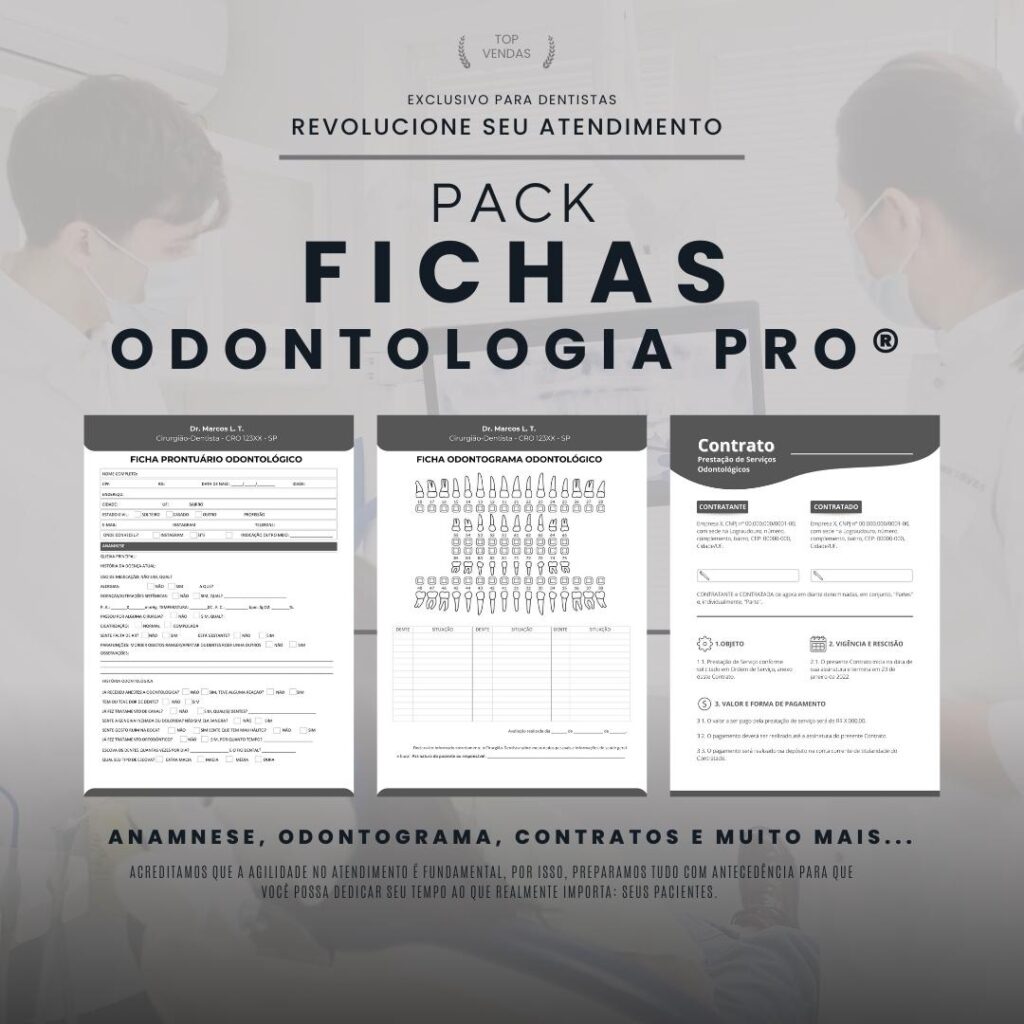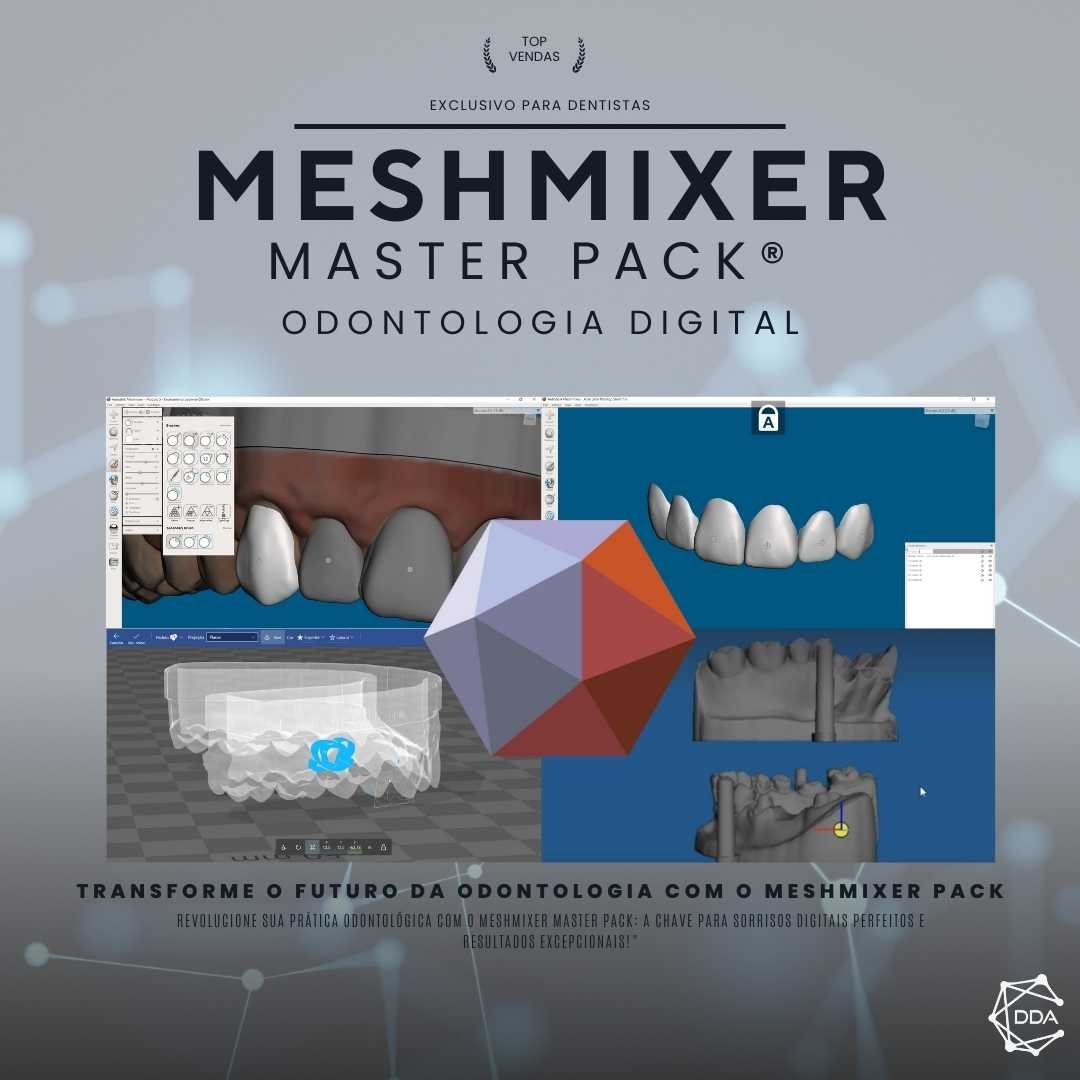What is Digital Centric Occlusion?
Digitally centered occlusion is a technique used in dentistry to determine the ideal position of the mandible in relation to the maxilla. This technique is performed using a digital system that allows the analysis and precise recording of the patient's occlusion. Digitally centered occlusion is an advanced and precise approach that offers more efficient and longer-lasting results.
How does digitally centered occlusion work?
Digitally centered occlusion is performed using a device called an articulator. This device is connected to digital analysis software, which allows the capture and recording of jaw movements. The patient is instructed to perform specific movements, such as opening and closing the mouth, so that the software can record the correct position of the jaw.
Based on the captured data, the software generates a three-dimensional digital model of the patient's occlusion. This model is used for the analysis and planning of dental treatment. Through digitally centered occlusion, it is possible to identify occlusion problems, such as tooth misalignment and temporomandibular joint problems.
What are the benefits of digitally centered occlusion?
Digitally centered occlusion offers several benefits over traditional occlusion analysis techniques. One of the main benefits is the accuracy of the results. Through digital analysis, it is possible to obtain more precise measurements and records, which allows for more efficient treatment planning.
Furthermore, digitally centered occlusion also offers greater agility in the process. By using a digital system, it is possible to reduce the time required to capture and record occlusion data. This results in faster and more efficient treatment for the patient.
What are the applications of digitally centered occlusion?
Digitally centered occlusion is widely used in dentistry, mainly in areas such as orthodontics and oral rehabilitation. In orthodontics, digitally centered occlusion is used for planning and monitoring orthodontic treatments, such as the placement of dental braces.
In oral rehabilitation, digitally centered occlusion is used for planning dental prosthetics and implants. Through digital occlusion analysis, it is possible to obtain precise measurements and carry out more efficient planning of oral rehabilitation treatment.
What are the advantages of digitally centered occlusion over traditional techniques?
Digitally centered occlusion has several advantages over traditional occlusion analysis techniques. One of the main advantages is the accuracy of the results. Through digital analysis, it is possible to obtain more precise measurements and records, which allows for more efficient treatment planning.
Furthermore, digitally centered occlusion also offers greater agility in the process. By using a digital system, it is possible to reduce the time required to capture and record occlusion data. This results in faster and more efficient treatment for the patient.
What are the challenges of digitally centric occlusion?
Despite the advantages and benefits of digitally centered occlusion, this technique also presents some challenges. One of the main challenges is the need for specialized equipment and software. To perform digitally centered occlusion, it is necessary to invest in motion capture devices and digital analysis software.
Furthermore, digitally centered occlusion also requires specific training on the part of professionals. It is necessary that dentists and dental technicians are familiar with the use of equipment and software in order to obtain accurate and reliable results.
What are the future prospects for digitally centric occlusion?
Digitally centered occlusion is a constantly evolving technique, and future prospects are promising. As technology advances, improvements can be expected in motion capture devices and digital analysis software.
Furthermore, digitally centric occlusion can also benefit from the development of artificial intelligence and machine learning techniques. These techniques can assist in the analysis and interpretation of occlusion data, offering even more accurate and efficient results.
Conclusion
In short, digitally centered occlusion is an advanced and precise technique used in dentistry to determine the ideal position of the mandible in relation to the maxilla. This technique offers several benefits, such as precision of results and agility in the process. Despite the challenges, digitally centered occlusion presents promising future prospects, with the advancement of technology and the development of more sophisticated techniques.


